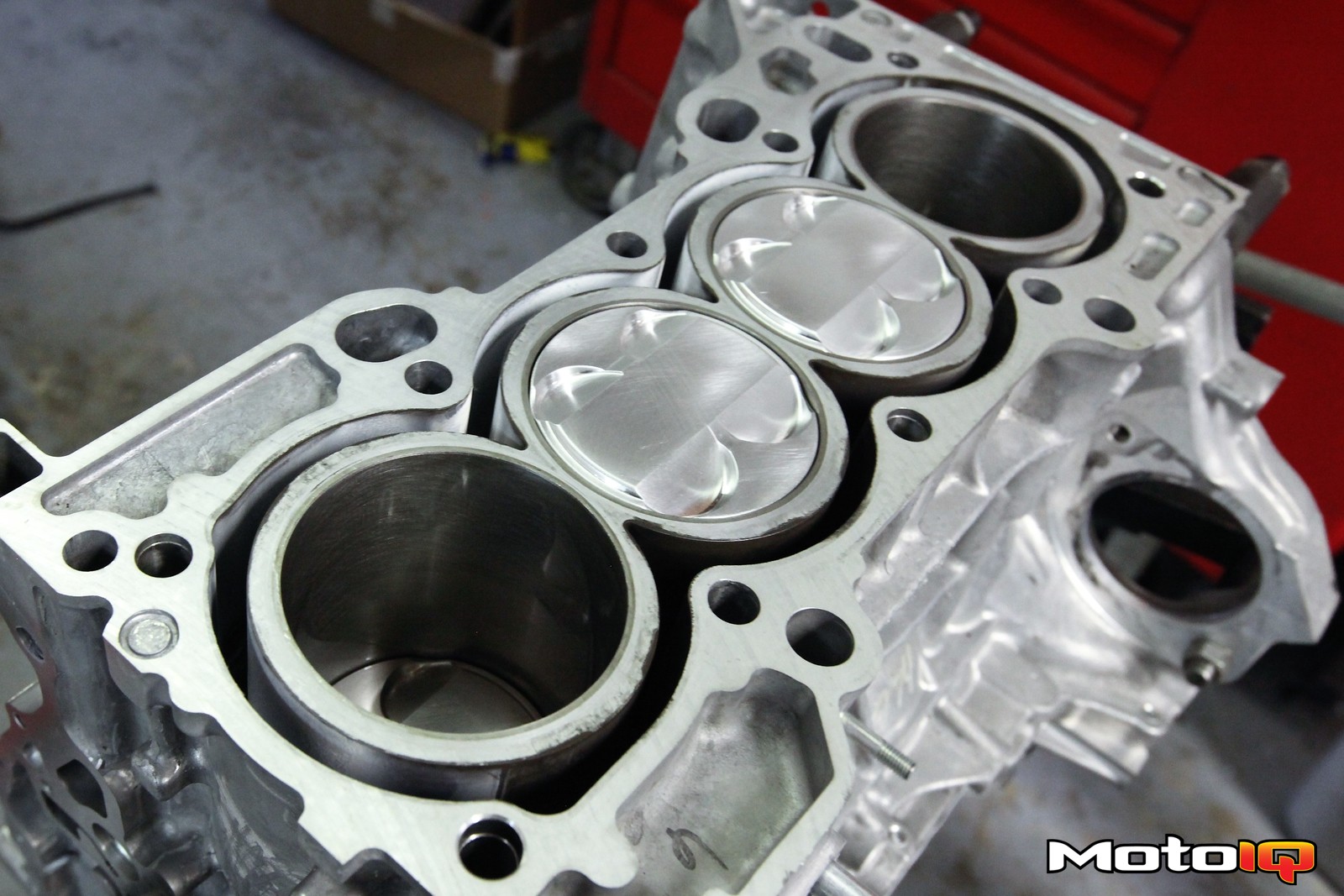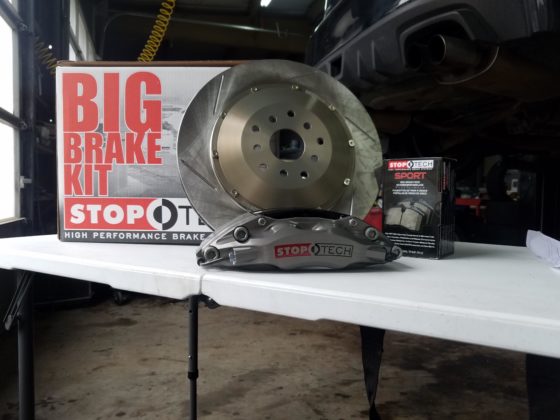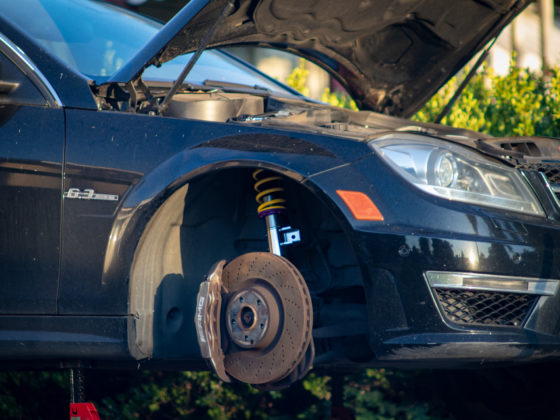
For rods, we are using K1 Technologies H-Beam rods part number 015BX17152. We believe that these are some of the best rods available for the price point. K1 rods are made out of tough 4340 steel forgings. 4340 is a steel alloy high in nickel and molybdenum for superior toughness and tensile strength. The nickel gives the toughness, the ability to take many cyclic impacts and resist cracking while the molybdenum gives the tensile strength characteristics.

The small end of the rod has a high silicon bronze bushing and dual oilers and the beam end of the rod where they affect the rod’s strength less than at the more common location at the very top of the rod small end eye. The bores of the big and small ends of the rod are machined to tolerances of +-0.0001″ and are balanced to within 1 gram of each other.

The K1 rods are forged in a die that forges in the big end hole. This means the metals grain flows around the big end and the rod end cap. This is the best grain orientation for a rod. To improve fatigue strength the K1 rods are shotpeened after machining to give the rod a fine-grained compressed skin where cracks have a hard time propagating.

K1 rods are H beam in profile. We think that H beams are the best profile for rods as they are strongest in the direction of bending in the stresses a connecting rod sees. We are not sure why some companies make I beam rods other than its easier to forge them in near net shape.

A rods fasteners are very critical for its reliability and K1 uses 5/16″ ARP 2000 bolts. ARP 2000 is an alloy that has a tensile strength of over 220,000 psi. This exceeds the strength of typical high-grade bolts and far exceeds the strength of OEM bolts.




6 comments
Hoping to do the same k24/k20 soon. Looking forward to the rest of the build!
Just wondering something: Why do you always choose the K24 bottom end in the states? Is that just for the longer stroke and therefore more displacement?
Assuming a K20 bottom end is the same, why not build a K24 bottom, with K20 bottom internals and longer conrods? (because the deck height is 19,5mm taller on the K24 engine). Smoother running and more RPM potential? Redline should theorectically be around 12000 RPM that way, and smoother running because of the smaller stroke? Sure, you loose a bit of torque that way, but you would gain top end power if you use the RPM potential with a high duration cam.
Or am i not seeing something here?
You make good points here, but I think in a street engine, spinning to 12k rpm is not feasible. If you can make more power at a lower rev range, and still have the ability to make power at 8000rpm why bother?
Meh, depends on how you build something. I had a pet project that was stolen years back: A-series engine. The BMC/Rover/Austin/Morris/MG one.
Long story short: 1046cc OHV engine (designed with 3 crank bearings in the late 1930’s as a generator on the back of a tank), capable of 12.000RPM (Normal is about 5500 RPM) Stil normally drivable. Even legal to drive with emissions here in Europe. Idled at 800 RPM without being overly lumpy. Although I must admit that it was running on BP Ultimate 102 RON.
In a way its compairable to an S2000. Just a regular engine down low until it wakes up once past 4500 RPM really. My point being: RPM limit at which an engine makes power does not neccesarily mean it’s a mut down low. Its just a different mindset when driving it. It isn’t as lazy driving as a bigger displacement engine though. So it would be feasable, but the biggest concern is going to be to find hypereutectic pistons that can handle the stress. Forged aluminum just expands to much. You either get a pinching engine op high, or burning oil if the engine is starting up.
And to answer your question: For me its always the challenge of building it. But it is a lot harder to do it right once you start using it in day to day life.
How much was this k20 Engine built $$$
JE piston makes nice products but their website is not one of them, it’s top notch web design from 1998 and filled with outdated/missing information.
I learned through e-bay that they now make coated asymmetrical pistons for BPs because JEs website still lists that piston as an uncoated round skirt.